A hotel guest’s drone crashed into the New York Hilton Midtown early Friday, February 21, 2025, scattering debris across Sixth Avenue and prompting a temporary block closure—a Drone Incident that amplifies safety concerns in urban airspace, especially following DJI’s recent removal of geofencing restrictions. First reported by the NY Post, the crash at this iconic 47-story hotel near West 53rd Street comes amid evolving drone regulations and technology shifts, spotlighting the risks of unrestricted flight in densely populated areas. As of February 22, 2025, the event’s full ramifications are unfolding, but its timing raises critical questions for the industry.
Drone Incident Breakdown: A 3 a.m. Collision
At approximately 3 a.m., an unidentified guest at the Hilton Midtown lost control of their drone, which struck the hotel’s exterior facade. Standing 750 feet tall with nearly 2,000 rooms, the Hilton is a Midtown landmark surrounded by Manhattan’s bustling skyline. The impact littered debris across Sixth Avenue, leading the New York Police Department (NYPD) to cordon off the block for safety. No injuries were reported, and the operator—possibly a 36-year-old patron, though unconfirmed—alerted hotel staff, triggering the police response.
Details about the drone’s model or purpose remain undisclosed, but the early morning timing hints at a recreational flight gone awry. The extent of damage to the hotel’s structure is unclear, leaving industry watchers awaiting further reports. The swift reporting by the operator may mitigate Legal fallout, but the incident’s context—a major hotel in a restricted airspace zone—complicates matters.
Regulatory Landscape: FAA Rules, NYC Laws, and DJI’s Policy Shift
Drone operations in New York City navigate a tight web of rules. The Federal Aviation Administration (FAA) designates Midtown Manhattan as Class B airspace, requiring authorization for flights due to its proximity to airports like LaGuardia, roughly 6 miles away. FAA Part 107 mandates commercial pilots secure approval via the LAANC system, while recreational flyers must keep drones below 400 feet and avoid restricted zones. In New York City, the Administrative Code Section 10-126(c) prohibits drone takeoffs and landings within city limits except at approved locations, carrying penalties of up to $1,000 in fines or 90 days in jail, though a permit process exists to allow drone flights under strict regulations.
A pivotal industry shift compounds this framework: DJI, the world’s leading drone manufacturer, removed geofencing restrictions from its drones earlier this year, as reported by DroneXL on February 10, 2025. Previously, DJI’s geofencing locked out flights near sensitive areas like airports or sensitive facilities, a potential safeguard against incidents like this. Now, operators bear full responsibility for compliance, a change DJI framed as enhancing user flexibility but one that critics argue heightens urban risks. If the Hilton crash involved a DJI model—a plausible scenario given the company’s 70% market share—the absence of geofencing could have been a factor, though no confirmation exists yet.
Industry Context: Urban Risks in a Post-Geofencing Era
This crash joins a lineage of urban drone incidents, but its timing post-DJI’s policy shift adds urgency. In 2019, a helicopter crash atop the AXA Equitable building, less than a mile from the Hilton, killed its pilot and exposed airspace vulnerabilities. Late 2024 saw mysterious drone sightings across New York and New Jersey, prompting FAA restrictions and public unease. The Hilton incident, however, reflects a more personal scale of risk: an individual operator’s error in a city of over 27,000 people per square mile.
DJI’s geofencing removal, announced just 11 days before the crash, marks a turning point. DroneXL’s coverage noted that while the change caters to advanced users seeking unrestricted flight, it shifts accountability squarely onto pilots—many of whom lack the training to navigate complex airspace. With over 782,000 drones registered in the U.S. by mid-2024, and consumer models capable of speeds exceeding 50 mph, the potential for mishaps in cities like New York is climbing. The Hilton crash may serve as an early test case of this new reality.
Market and Operational Implications
The Hilton Midtown, a fixture since 1963, has weathered high-profile incidents before. On December 4, 2024, UnitedHealthcare CEO Brian Thompson was shot dead outside its doors, with suspect Luigi Mangione’s court date coinciding with the drone crash—an unrelated but stark reminder of the hotel’s recent turbulence. The NYPD’s response to the crash was swift, but no official Hilton statement has emerged as of February 22, leaving its operational impact unclear. Given the hotel’s scale, it likely resumed normalcy post-cleanup, though repair costs could loom.
For the drone market, the incident could stoke debate over DJI’s decision to remove geofencing. Meanwhile, urban drone initiatives—think Amazon‘s delivery trials—face a tougher road if public TRUST wavers.
Looking Ahead: Industry Reckoning Looms
The Hilton Midtown drone crash, though minor in immediate toll, signals a broader reckoning for the Drone Industry in urban settings. With DJI’s geofencing gone, the onus falls on operators to avoid restricted zones—a tall order in Manhattan’s crowded skies. As the NYPD and potentially the FAA investigate, the operator’s fate, the drone’s specs, and any structural damage will shape the fallout. Posts on social media reflect public intrigue, hinting at pressure for regulatory clarity.
DroneXL’s Take
The drone incident’s timing, just weeks after DJI’s policy shift, suggests a causal link worth probing. It could accelerate calls for mandatory training or reinstated manufacturer safeguards, balancing innovation with safety. For now, the Hilton stands as a literal crash site in the ongoing debate over drones’ place in America’s cities—a debate that’s only beginning to take flight.
Photo courtesy of Hilton Hotels.
Discover more from DroneXL.co
Subscribe to get the latest posts sent to your email.

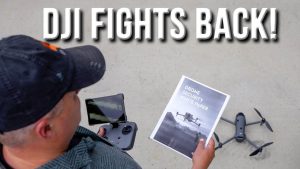
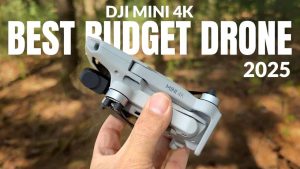
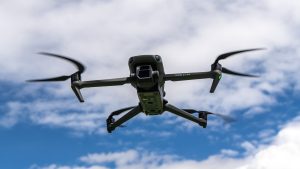
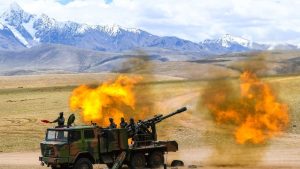
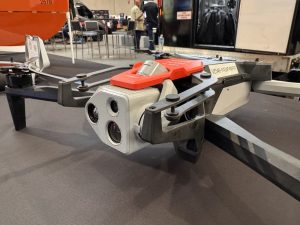
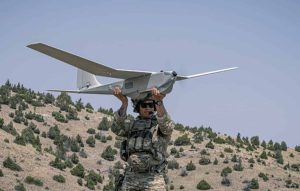

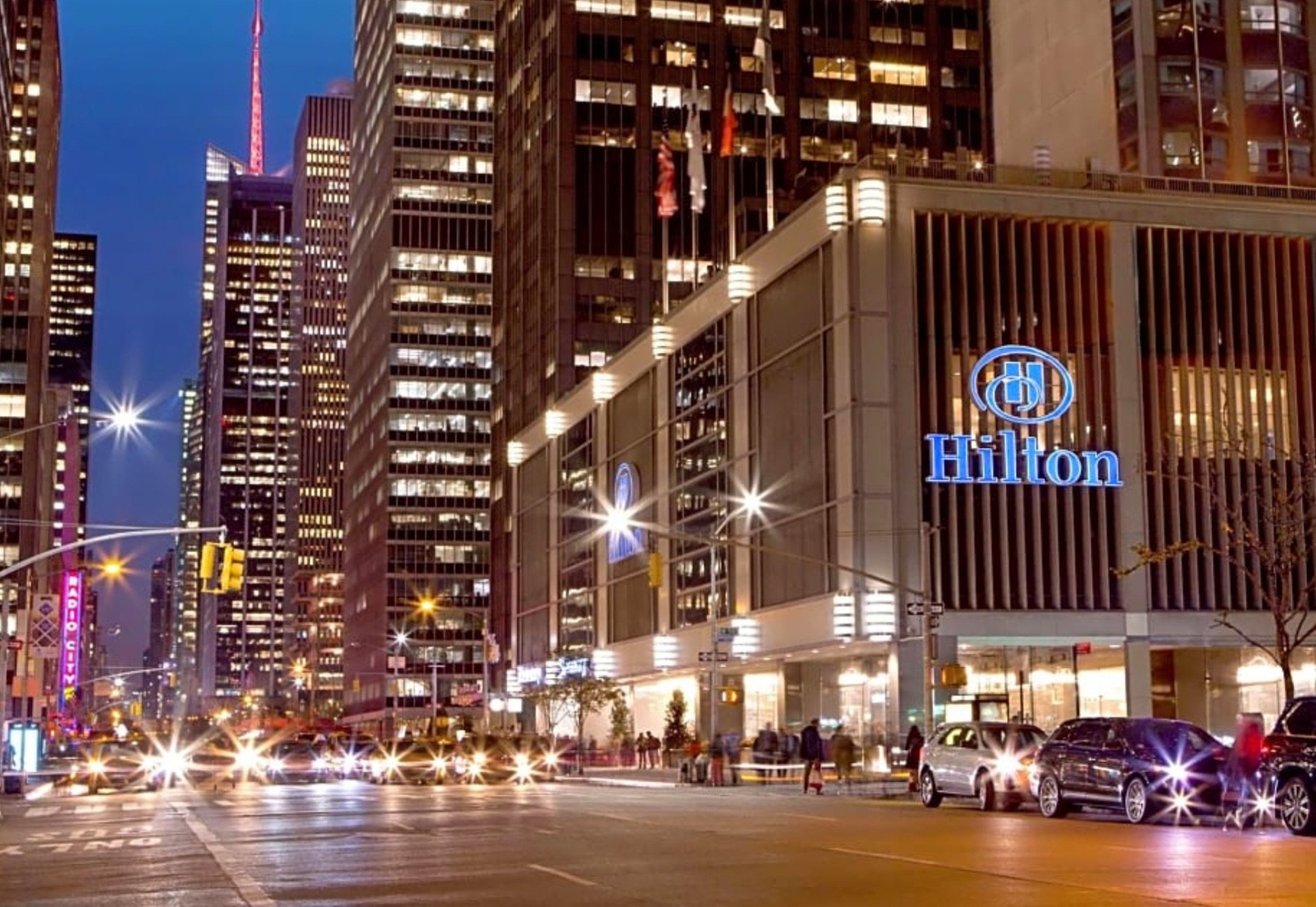

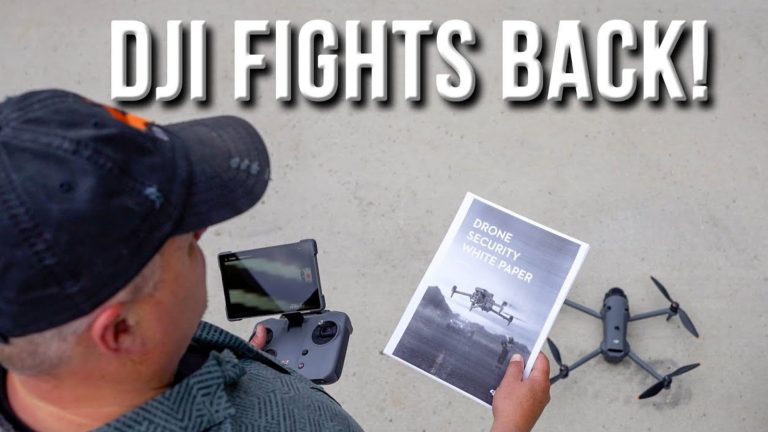

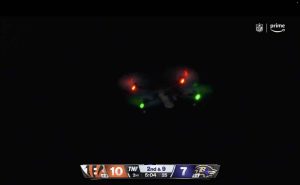
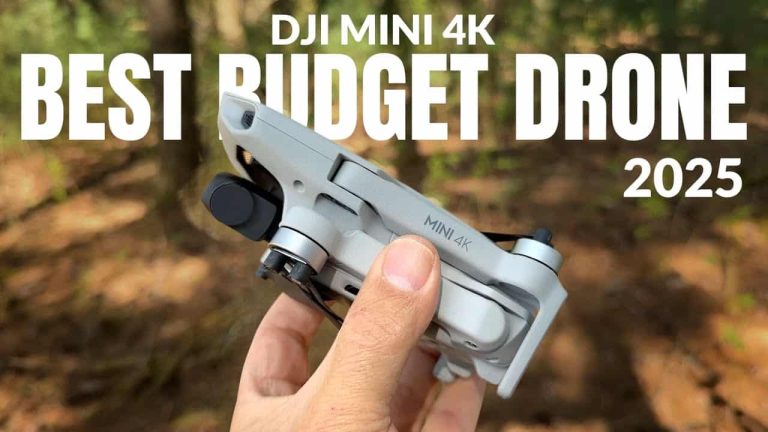
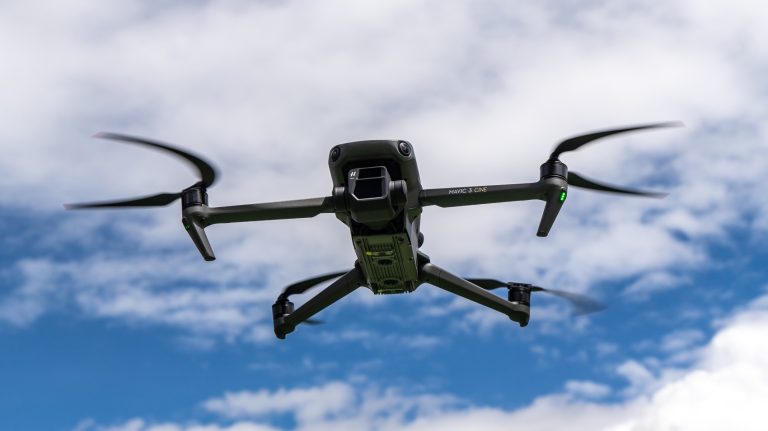
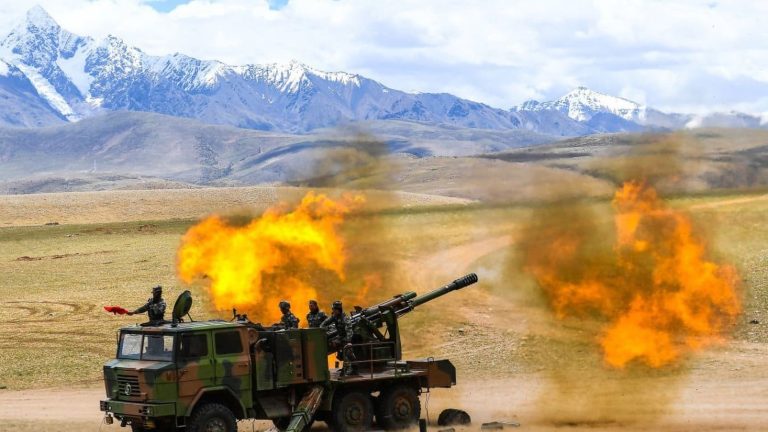
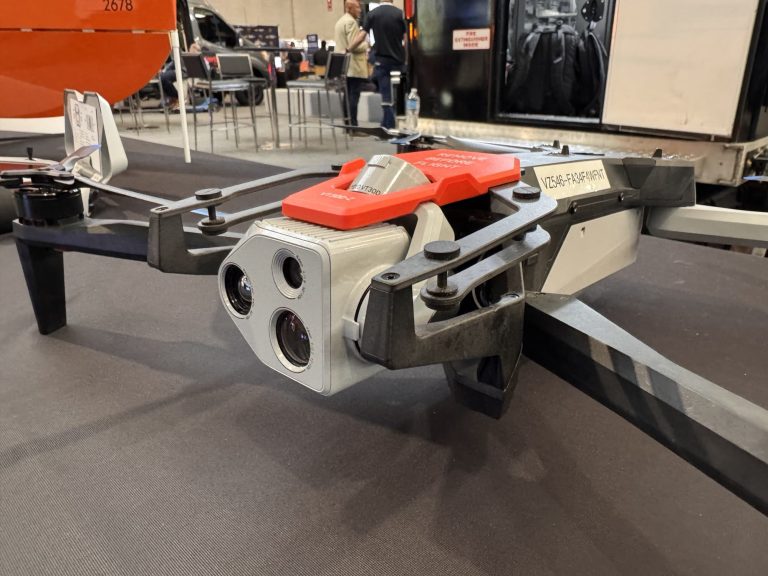
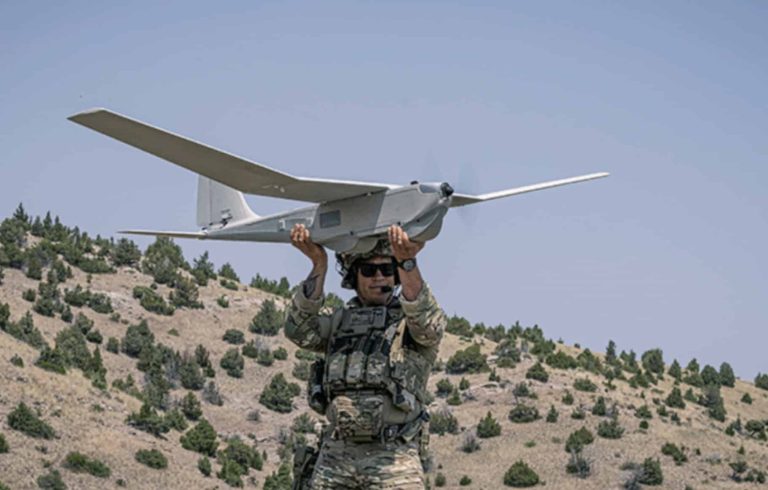
+ There are no comments
Add yours